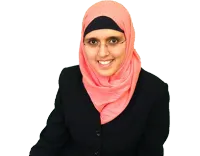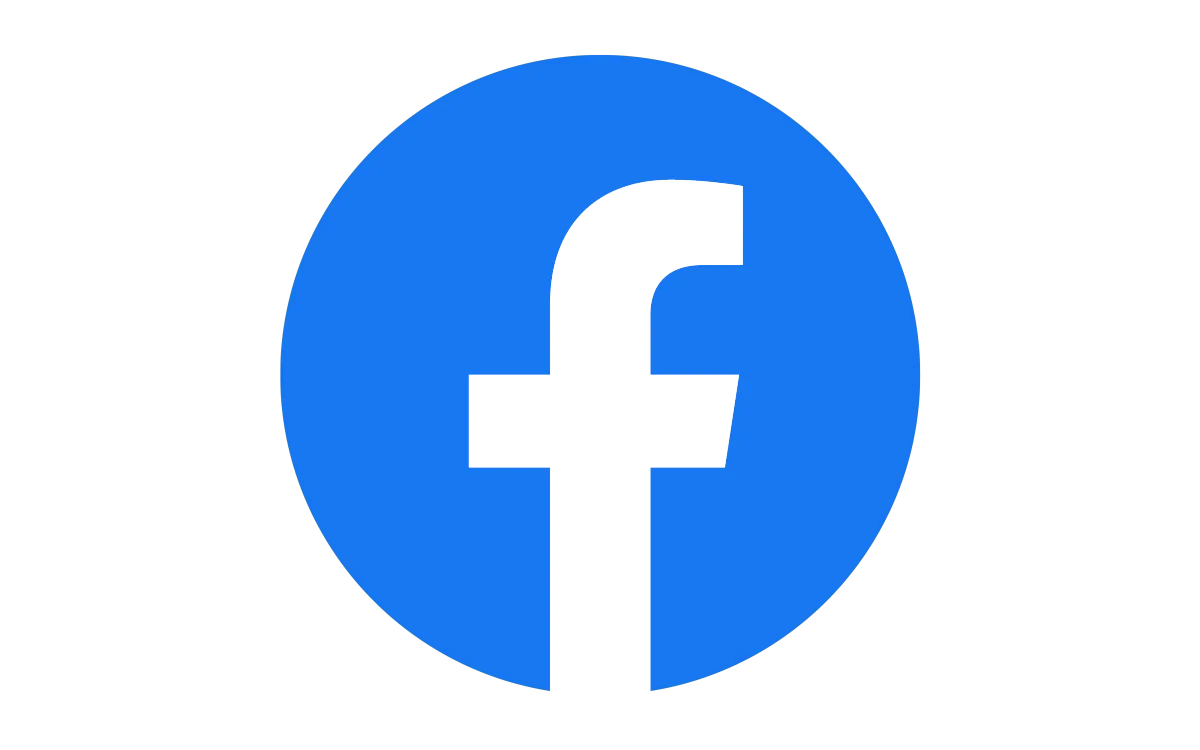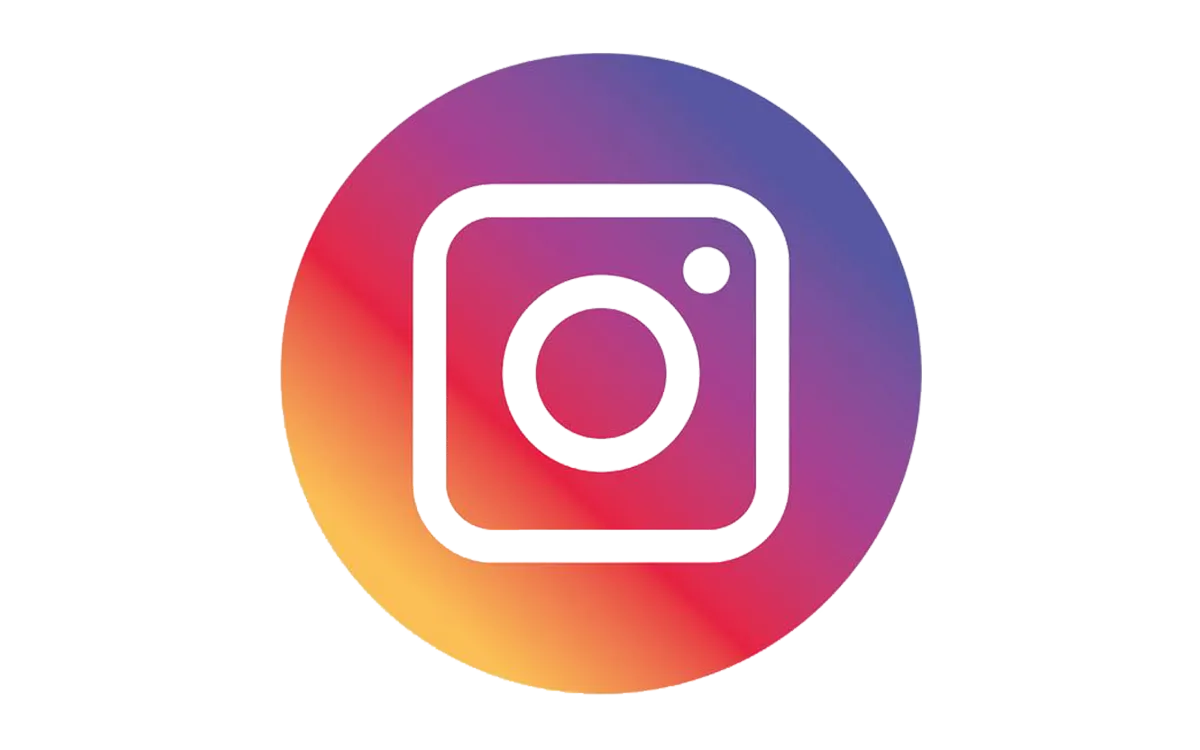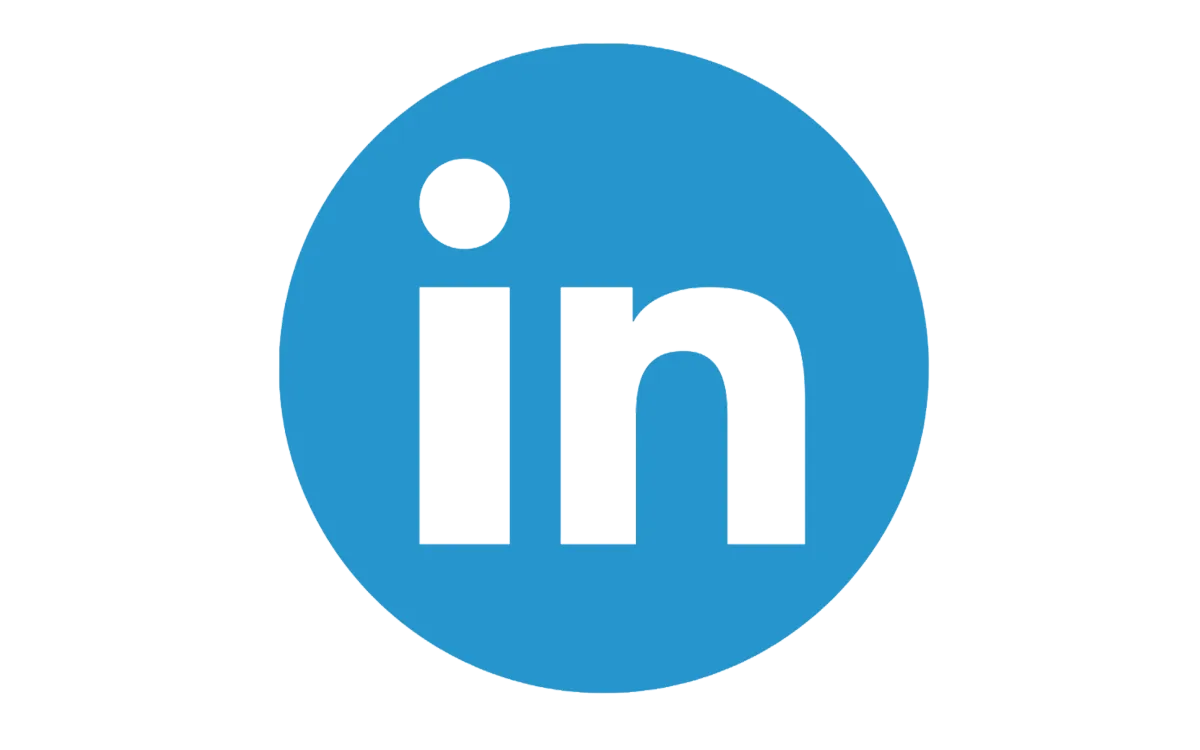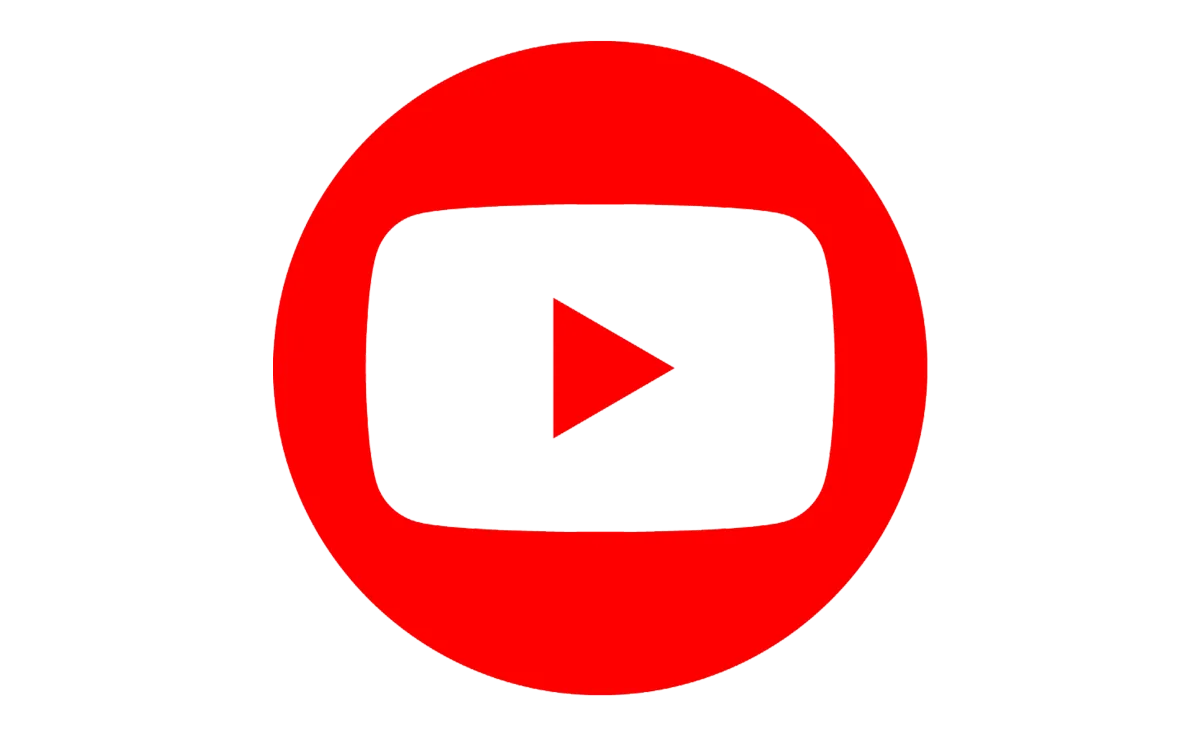Blog: Make Change Fun And Easy
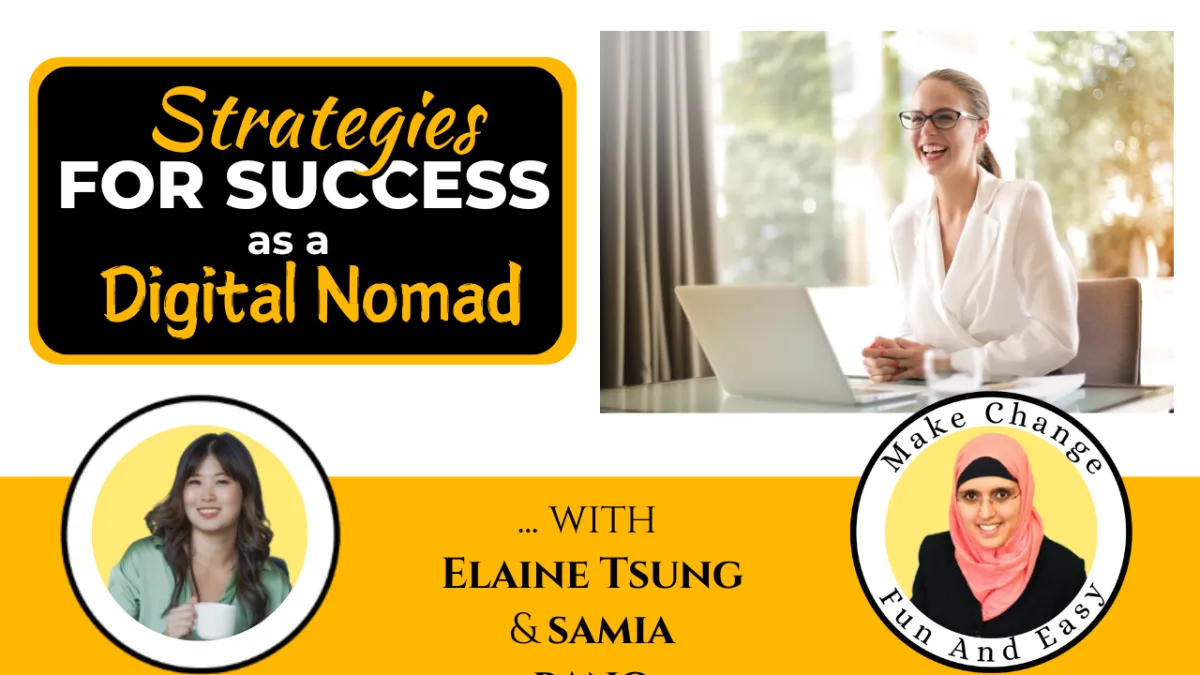
Strategies for Success as a Digital Nomad
Strategies for Success as a Digital Nomad
with Elaine Tsung and Samia Bano
Yearning to create more #timefreedom and #moneyfreedom? Wish you had the flexibility to #WorkFromAnywhere and #TravelSmart?
Listen now to this interview with Elaine Tsung, #DigitalNomad and #WebsiteDesignAgency Owner, to learn the #strategiesforsuccess for managing a business while embracing the #digitalnomadlifestyle, including key tips for:
-- balancing business, client management, and #TimeZoneManagement while living a location-independent life
-- how to price your services globally
-- managing relationships and routines on the go
-- engaging in #slowtravel to enhance your digital nomad experience
-- finding affordable accommodations
-- how to manage your finances, avoid fees, and make smart currency conversions as a digital nomad.
-- and much more!
Connect with Elaine at:
https://www.instagram.com/elainetsung
To Book your Free HAPPINESS 101 EXPLORATION CALL with Samia, click: https://my.timetrade.com/book/JX9XJ
#DigitalNomadLife #RemoteWork #LocationIndependence #RemoteBusiness #Entrepreneurship #FlexibleLiving #TravelAndWork #MoneyManagementTips #CurrencyConversion #RemoteWorkFinance #FinancialFreedom #BankingAbroad #InternationalLiving #BudgetingTips #NomadLifestyle
Here's the audio version of this episode:
_________________________________________________________________________________
Full Video Transcript
SAMIA: Okay. All right. Hello, Salaam, Shalom, Namaste, Sat Sri Akal, Aloha, Holah, Ciao, Bonjour, Buna, Privet, Mabuhay, and Dzień Dobry! It's really, really good to be with you again. And I know you'll be so happy you're joining us because we have a very cool and special guest. It's Elaine Tsung, who has a website design agency and is also Digital Nomad. I'm so happy to have you with us Elaine, welcome…
ELAINE: Thank you so much for having me. I love your energy, I love your podcast, and it's just such an honor to be here today.
SAMIA: Oh, thank you. Thank you so much. I'm so excited and happy for our conversation. So tell us more, Elaine, about who you are and what you do…
ELAINE: What can I say? I am a Digital Nomad. If you don't know what Digital Nomad is, that's basically… you're a bit of a gypsy. You're kind of like having that freedom of being location independent. There really isn't... You're not really tied to like, a, you know, a long term home or a lease or anything like that. You're kind of like living in Airbnb's. You're living in co work, co living spaces, maybe like hostels with the private room or whatnot. So what I love about being a Digital Nomad is basically being able to work remotely from anywhere in the world and having that flexibility to be able to travel to a new city, to… to see new culture, to experience new activities and to also build… and to also meet community as well. There's lots of Digital Nomads all around the world, and I love diving into this topic today with you. So yay…
SAMIA: Yay... Yes. You know, you are such a wonderful guest for us to have because, you know, we are a community of change-makers. And while all of us may not be Digital Nomads, many of us, you know, really are looking to learn about how to create more freedom in our lives… freedom of movement, freedom of time, freedom of money, etcetera. And I think there's so much we can learn from you on all of those counts. So just keep telling us more... So tell me more about what are you actually doing these days? I know that you have a website design agency. What's your focus there? How do you work with your clients, etcetera?
ELAINE: Yeah, absolutely. So I own a website design agency. I've been running it for over two years now. And we basically work with online coaches and online service providers who are maybe building up their business. They're building up their presence. They're using social media to start, you know, building an audience, building their offer, and they're like, hey, like, I need a website for my business. I want to show up on Google. I want to start building that credibility, building that presence, and also being able to automate my checkout pages, right. And so what we do is we specialize working specifically with coaches… because I used to be a coach myself, and I know exactly, exactly the needs of what coaches, coaches need for their website. So I love doing it. it's been a, it's been a fun... it's been a fun journey so far.
SAMIA: Yeah. So how, what are some of the aspects of how you set up your agency that allows you to be a digital nomad?
(INSERT AD HERE: Min ____)
ELAINE: Yeah, absolutely. So the first step is to find... Sorry, the first step is to obviously have a remote business. So I set up my, my business completely remote, meaning that I don't have any client meetings in person or anything like that. Everything is through zoom as what we are having right now. And it's easy for the clients because they don't have to travel. It's easy for me because I don't have to, like, travel as well. And so it's... It's definitely, I feel like we're moving into, like, the new age where, you know, people are working… you know, if you're working for a corporate job, maybe like two days a week, we're working remote or, like, leaning more into that remote life. But, of course, being a Digital Nomad, I'm allowed to work outside of Canada. I'm currently based in Canada at the moment, but I'm allowed to, like, go to Thailand next month or go to, you know, Bali the next month, after that. There's no location tied because of having a business that's fully remote, online. Especially with what I do, website designing, it's all digital. We're all designing through a computer. And so my team that I hire are all remote as well. And so I'm really, really lucky to be able to have that. And so we have really good systems in place to be able to communicate with each other. I highly recommend systems like Asana, ClickUp, Hive… Those are all really, really good communication systems within your team that you're… that you're channeling communication. So that's what I find. So, obviously, having the systems in place, having a remote business structure where you don't have to meet clients in person… Yeah.
SAMIA: Yeah. So just like, even the way that you set up your business, being really thoughtful about it, in the context of, well, here's my vision, my goals, in terms of how I want to live my life. And so you design your business in a way that allows you to do that. I love it because you just made me think about, like, another coach that I've worked with. And he was telling a story of how when he first started his business, his first thought, you know… because traditionally, you know, the thinking was, okay, you gotta have an office space and set it up, and, you know, that's part of how you show you're credible and serious about, you know, like, being a business person and so forth. And he was like, I didn't have the money to rent office space and so forth. And so he actually went and he spoke to one of his mentors, and his mentor was like, but why do you even need office space? You're not even making any money, and you want to take on all these expenses. Why?
ELAINE: Right. A 100%, 100%. And what the best part is, when you work from home, you get to claim a portion of your office space in your taxes. In Canada, you can do that. I don't know about other countries… work with your tax accountant, but, you know, it's super great.
SAMIA: Yeah. Yeah. And I, like, for me, I realized, because over the years, I have also shifted more and more to doing everything remotely. I mean, there are still times when I will go out to do guest presentations or trainings in other organizations that have offices or if they want to put up an in person event. But I've, for myself, pretty much stopped doing in person things. All of my support staff, even my full time assistant, they're all remote now. And I do agree with you, Elaine… It just does create a lot more flexibility because I'm, you know, among other things, a caregiver for, primarily my brother. But my parents are also aging now, and so I need to have flexibility in my life as well… because sometimes I have to drive my brother or my parents to doctor's appointments, and a lot of times, they don't need me to come in with them. And so then I may be able to just sit outside on a bench or sometimes in the car, and I'm still taking my calls or even doing, you know, podcast interviews… I've done all kinds of things…
ELAINE: You've done podcast interviews in the car?
SAMIA: Yes. And it actually works out because it's a contained space. So, you know, in terms of… there aren't echoes and things. And I use a virtual background, as you can see…
ELAINE: Are you in the car right now?
SAMIA: No, I'm not, but I'm in my backyard. You'd never know.
ELAINE: I love that! Once you flick the background on, it really doesn't matter where you are.
SAMIA: Exactly, exactly. So I personally… not fully a digital nomad by any means, but I have those elements in a lot of how I do things, too. So I really appreciate how you do it, too. Yeah. So tell me a little bit more about when you live as a digital nomad, are there any challenges that you particularly come up with?
ELAINE: Absolutely. The biggest challenge that comes up is the uncertainty of stability, right. Being a Digital Nomad, I'm constantly on the go. My, you know, the apartment that I'm leasing or the apartment that I'm renting is probably like one month, three months type of contract, and then after three months, you're like, do I continue to stay in the city or do I go somewhere new? And then another big challenge that I have is dating… When you're Digital Nomad, especially, you know, as I've been a Digital Nomad in, like, for example, like Playa del Carmen, which is a very touristic town. Yes, there is digital nomads there that come and go, but there's also a lot of tourists that are there as well. So when it comes to dating, the dating pool is very small because there's a lot of people that come in and out, and I'm not looking for a casual relationship. I'm looking for a long-term relationship, right. So it's really important to have stability, and that's something I do struggle a lot. And when it comes to being a Digital Nomad, you're constantly on the go. You're changing your time zones. You know, like, you set up an a meeting for this time zone, then you're in a different time zone the next week. It's a lot of, it's a lot of go, go, right. And so I think one of the biggest challenges is also not being able to, like, pack a lot. You really want to condense what you're bringing. So for myself, I love to be able to travel in all summer weather. So that just allows me to not have to pack my winter clothes or anything that's too big or too baggy, and allow me to really travel with just, like, a suitcase or two. And that's kind of how I like to be on the move. So. So, yeah…
SAMIA: Yeah. So I’m imagining that… I mean, you're obviously choosing to move around relatively frequently, but if you chose, you could reduce the amount of moving that you do depending on what's going on in your life.
ELAINE: Yeah, for sure. Yeah. I do believe as well as to, you know, to have more like a long, slow travel. That's what they call it, slow travel. So staying in the city a lot longer, like six months to a year, and which I am doing. So I kind of like base because I have a new strategy now where I based myself in Montreal, and so I'm based here, but I'm still finding places that are like, three months to six months type of leases. And so that does give me that flexibility. If I want to move to another country, I can in three to six months. And I do allow myself in a more slower travel mentality. But I would still travel for a weekend or for a week or two weeks to the states for a conference, or maybe I'll want to go to Europe next week. I can still allow myself to do that, but I'll put all my stuff in one place in Montreal, and I'll just rent an apartment and I'll just fly in and fly out. So that's a little bit better. Cause I'm not having to re, like, re-get into a new routine and unpack and pack, and just having that space really changed the game for me. The moment I changed… like, moved from, like, more quicker travel to, like, more slow travel because before I was moving every two months, I was packing up every month. And it was really, really, really challenging for me. And I realized that what I'm doing right now actually makes the best sense. So... So, yeah.
SAMIA: Yeah, no, that's cool. So, you know, I'm just trying to highlight for our listeners that there's choice… that you.... And there's different ways in which you can sort of structure your life, structure your schedule, etcetera, based on what you're needing and wanting at that time. So there's lots of flexibility and you get to choose. I love it. I love it…
ELAINE: Thank you.
SAMIA: Ah... Tell me a little bit more about how you manage your time, because you mentioned, you know, you're oftentimes moving through time zones. A lot of the clients that you have are, you know… you're meeting with everyone remotely, so they might be in different time zones than you, even if you are not moving at the moment. So, yeah, What does that time management piece look like?
ELAINE: Absolutely. So just to give a little bit of context, right now, I'm currently working with 15 clients from all around the world, in all different time zones… from EST to PST. And so what I really do find is to have my schedule in a way where I have at least two days out of the five days a week where I call it CEO days, and those are the days where I have no calls booked. It's just me and my team. I do talk to my team every day, and they're all also remote, as I mentioned. They all do live in a few different time zones as well. And so what I do find is like… stick to, stick to my regular working schedule. My nine-to-five... I work in the EST time zone at the moment. Those are the 8 hours. And in between those 8 hours, I'm sending messages to clients, I'm sending messages to my team. And then after the 5:00 p.m. I really, really need to set that boundary. And that's so important to set the boundary for yourself that you're the off work now, even though as an entrepreneur you kind of set your own schedule. You're off work now. You get to go and do the activities that you want to do or, you know, take the night off, and then you come back tomorrow and you do the same thing. But I would say have like two days booked for calls. We do have like that type of like, like the zoom, the longer zoom calls where you're connecting with your clients or not… two days where you have call days and the rest to really have, you know, days that you're working on your business as well. Because what's really important is that not only you're working on other people's business or you're helping them with X, Y, and Z and you're providing the service to your clients, but you also need to make time where you're growing your own business, you're creating your content, you're, you know, showing up online, you're, you're implementing new systems, you're creating new offers, you're finding new ways to really, you know, grow your business, right. And I find that a huge challenge with a lot of entrepreneurs right now. They're just so focused on growing other people's businesses or providing the service that they don't have time to grow their own, right. And that's a huge challenge in the industry right now, I've noticed, especially with coaches…
SAMIA: …it is. I have faced that challenge myself… and you're so spot on. I remember when I first started my coaching practice, this is back in 2012… And, you know, at that time… because I was very… I mean, I had already spent years developing the skills that I needed to do the happiness coaching that I stepped into. But in all of that time, I spent little to no time learning about the business side of things. And so I remember going through this, like, sort of weird time where when I first stepped into the business, I was like so excited and I was putting all my attention on, okay, I gotta get some clients. And, you know, and actually within, I would say my first six months or so, I was going to so many different events, so many different conferences and workshops because that's how I was putting myself out there and trying to meet new people and so forth... so I could, you know, sort of start getting clients and making money. And I was actually doing pretty well. Like, within that six months or so, I think I ended up working with 30 or so clients. And at the same time I was spending so much time, you know, focusing on that aspect of things that I didn't have time to think about... Well, how do I create more stability and some of those crucial foundations for growing my business in the long term and stuff? Because that kind of pace of just every day almost, you know, going out to different events, workshops, meeting more people, setting up calls, just calling, calling, calling, and then trying to also do the coaching with the clients that I got… I mean, it was just not going to be sustainable. And so, but I didn't have time to work on, on the business as such, you know, and, and so then I shifted focus and it was like really weird because then I got really into, like, okay, I'm going to take this course and that course so I can learn about how to create that website and set up that automated system and all of that. And then I got so busy with that that I wasn't going out to, you know, like find the clients and make the sales.
ELAINE: Right... I know we have to do both. As entrepreneurs, you got to grow your business and you obviously provide the service and serve the clients as well. We have to do both… we can't just be the doctor and serve your patients... You have to get out there and put out the marketing too, right? So…
SAMIA: …yes, I know. I love that you have highlighted for us that need to have... like, you highlighted a beautiful method… So for you, you have set aside days... I think that's a great idea because sometimes, I know I tried at some points in time to set aside just hours of a day to be like, okay, these hours of the day I'm going to work on the business, and then these hours of the day I'm going to work in the business. But somehow… I mean, that works… that worked… But also sometimes I would find myself challenged to hold those boundaries and within the context of the day itself. And I would find, you know, the working in the business part bleeding over into the time where I was supposed to be working on the business or vice versa. And so, you know, having just entirely separate days might be also a good strategy for people to try out.
ELAINE: Yeah, for sure…
SAMIA: Okay, okay. And so, okay... So you have this kind of setup that you have done in terms of managing your time… Would you mind sharing with us also a little bit about how you manage in terms of money because you're moving around so much…
I mean, I'm sure that has its own expenses that are associated with the moving. And then you have your business, you know, you have to think about those expenses and then your personal expenses... Can you just tell me a little bit more about the money management part of living as a digital nomad?
ELAINE: Yeah. Absolutely. I mean, as you're hopping from one country to another country, there's a different currency, there's an exchange. And so I highly recommend this bank card called Wise. I'm not sure if you heard of it before. It's free, and it's a great card to hold your currency in that form. So, example, I'm Canadian. I can upload Canadian dollars into that form as Canadian. And I can convert it within… within the website or within, within the app into like, let's say Mexican pesos or I want to convert it to USD… and I can use that card and I can go to the restaurants, go to any, any store that, you know, takes a credit card and I can insert it and it's going to charge in that, in that currency. And so there's no, there's no transactional fees, right. There's the conversion fee of converting into that dollar or that currency. But then after that, when you're using it, there's no transaction fees, which is super great. And you can withdraw it. You can go to the ATM and withdraw the cash. You won't have to pay any extra bank fees. And so I love it. It's super great. It's free to sign up for it and I'll send you the link so you can put it in the show notes. I have a little referral link, so sign up.
Other ways to manage money… I think it's all about being really strategic of what season you're traveling in. Obviously, if you're going to Mexico in the winter season, a lot of Canadians coming... a lot of Canadians and Americans are coming down, as you know, they call it snowbirds, right. They want to skip the winter. They want to go into hot, sunny destination. Obviously, the price expenses are going to increase, especially for accommodations. And I'm also a rental property owner as well. And I have a condo in Mexico. And in high season, I can charge almost like 30% to 40% higher than what I would charge in low season in terms of accommodation pricing. So you have to be really strategic of the season that you're traveling in. So if you travel in lower season, you're going to find a lot more accommodations at a more reasonable price. Other ways to manage money, obviously, you know, be smart with your money as well, right. Like, do the conversion in your mind really see, like, okay, like how much does this actually cost in my current currency? Right. Because sometimes when you don't look at the actual conversion price to, to your actual… your home, the dollar that or the currency that you're using, you might not really understand, like, what the actual cost for this is. For myself, I do like to have a balance of eating out and cooking at home to kind of save money. What else?
SAMIA: You know, one thing that I just thought of in terms of managing money when you were talking about conversion with currencies… maybe think about working with clients across different time zones and different parts of the world. Because I remember when I first sort of really started to focus on doing things online… actually, this was during COVID times, and I started to actually connect with so many international folks. And I had my first opportunities to start working with clients internationally. And immediately, one of the challenges that I ran into was pricing for my services… because… so, for example, there was online community, like, a support group thingy service that I was starting at that time. And I did a survey with my clients that I was working with here in the US. And I was like, well, if I provide this kind of service, what would be a reasonable, you know, price for me to charge on a monthly basis etcetera... Because I was trying to, you know, use that model of, you know, just charging a monthly fee to provide certain service, support service. And so whatever price we came up with and, you know, I was happy with it. My clients here in America were happy with it. But then I hooked up with somebody in Australia and they were like, oh, this feels a little steep to me. I was like, oh, really? And so, because when we converted the price from US dollars to Canadian dollars… Canadian dollars, I mean, it did cost more. So I was like, oh, interesting. So then I was like, whoa, wait, so what do I do now? Do I adjust my price? But then it's not just people I'm now connecting with in Australia, I was also simultaneously connecting with people in the Philippines and in India, and over there, the price difference was even more when you convert from dollars to like, for Indian rupees…
ELAINE: I guess my question for you is providing the same service, no matter what country your client is from, you're providing the same service… So the end of the day, I find the best currency to charge in that everyone will understand, it's like a universal currency, which is in USD and that's what I quote them. I think my pricing is in USD. This is the price for it. And what I do is I'll go on Google… Google conversions and I'll put in the USD pricing and then it's going to shoot out their local currency. And if… you know it really, it's your pricing. And I wouldn't change just because they're from the Philippines and you have to like half price just to… you know, it's at the end of the day, like, I feel, have to kind of really figure out like, who's your target audience, right… the people that can afford your services and stick to that pricing. So…
SAMIA: ..yes, I agree with you. Gosh, because it got so complicated trying to customize pricing.
ELAINE: No, absolutely not. No, you're providing the same service. It doesn't matter which country they come from, they're getting the same value from you, right?
SAMIA: Yes…
ELAINE: Yeah.
SAMIA: Yeah, it was just like, not only was it confusing to try and adjust pricing, but also.. it just, it creates extra costs and so forth in just time and energy and all of that. So. Yeah, I like that. I like that. Okay, so any other aspect of money management that you would like to highlight for the audience?
ELAINE: I think for like business expenses, I am Canadian and for all the Canadians out there… and if you are charging in USD, I highly recommend for you to open up a USD account with your Canadian bank, which is possible to do. And so I would also get a American USD credit card, even though I'm still Canadian. And that allows me to make a lot of my expenses using that USD credit card… in which I didn't do that in my first year of business. I was just charging everything to my Canadian card. And like you said, there's a conversion fee, so the bank is going to charge the conversion fee and then the transaction fee, so they charge you two fees. And so you can kind of just save on that if you're already charging in USD… you can receive the money from stripe into your USD account in Canada. So that's been a huge money saver for me because I can avoid paying for so many fees. So, yeah, yeah…
SAMIA: Yeah. I love it. Thank you for sharing those amazing tips and, you know, thinking about another aspect of the Digital Nomad life… You actually mentioned this earlier, and I wonder if you'd be willing to share a little bit more about the relationship challenges because you're moving around… You mentioned that, you know, dating can be a bit challenging. Like, how are you dealing with that? Because our relationships are really, really important for us.
ELAINE: Yeah, absolutely. I mean, I think it's really important to find a man that can either match your lifestyle or accept you for who you are. And in having this lifestyle, I mean, it's... I don't think I could, you know… I think there's definitely a smaller pool for the man that I'm looking for… a much smaller pool. But that's okay. It's going to take some time. And I think, you know, that shouldn't prevent you from getting out there and, you know, trying out different dates and trying out, you know, different people that you would normally not want to match… don't usually match with or don't usually go out with. Like, just try it out and see what happens, right? And I think people can always change their mindset. They can adapt... They can be like, hey, I'm currently working for, you know, a company where I have to show up to the office every day, but maybe they meet you and they get new ideas, or they want to become their own boss. They want to work remotely, or they have a conversation with their boss and they're like, hey, I want to work remotely or something… maybe there is some flexibility, right? And so I would say just be open-minded to the people that you're meeting and the people that you're dating. You know, see where the traction is. See where, you know… see what happens from that, right? And I think with, with myself in the… in the beginning stages of dating, I was very much, like, filtering a lot. Like, like, it's almost like resumes. I'm just, like, highlighting with keywords... I'm like, yeah, this guy's a swipe right or a swipe left or whatnot... And now I'm just like just more and more open to the idea of, like, hey, like... Let's see, right? Let's. Let's. Let's have fun, right? And I think, you know, being a business owner, it's not just all about work, work, work... And sometimes we can get very much tied away and like, you know, creating your next program or creating your next system or X, Y and Z. Like, there's always going to be work in our business, right. We're never going to truly sign out from our nine to five or from our business at all, right. So having, like, that balance where you have fun, you enjoy yourself, you do your hobbies, you have your activities… Like, that's true time freedom, really, of having true time freedom, you need to have fun in your life. You need to have the stability of money and the stability of your business. So... So, yeah…
SAMIA: Thank you for sharing that. And I love what you were just sharing about, you know, just allowing yourself to be a little bit more open in terms of meeting different people, different kinds of people. I mean… and I suppose there is a little bit of a balance to strike in that context also in terms of having a sense of clarity of who you want, what you want. But then also at the same time, being open to exploring, because there is a saying about… you don't always like… it's not just a matter of, I like what I like. Oftentimes it's a matter of, I like what I know… you know? And a lot of us, we never give ourselves the opportunity to expand what we know... And so what we like, that also remains very limited. And being a Digital Nomad, you have amazing opportunities, actually, to expand what you know. And so why not do that in the context of relationships also…
ELAINE: Yeah, exactly.
SAMIA: Yeah. I love it.
ELAINE: I love it. I love how you just, you're so good at, like, paraphrasing and summarizing it all…
SAMIA: Ah… Is there any, anything else that's coming for you, Elaine, that you would love to share right now?
ELAINE: Yeah, I think to all the, all the listeners right now that are maybe thinking about taking that leap of the unknown, becoming a Digital Nomad or starting your new business or trying something completely out of your comfort zone, my biggest advice for you is to go for it… make some mistakes and learn from them and overcome them and you're only going to get better at it. Sometimes you have to, like, fail to learn how you're going to grow... And so wherever you are in your journey, just know that you're not alone. There's a huge, you know, huge community out there… Facebook groups... I'm sure you have. You have a community as well. Like, you know, also, don't be afraid to reach out to me on Instagram. We can put my Instagram on the show notes. That's where I'm most active, and that's where I post a lot of my daily fun content around, around being a Digital Nomad, around dating, and so forth... So I'd love to always connect with you. And so just let me know you're from the show and yeah…
SAMIA: Ah! Thank you so much for that, Elaine. I could keep talking with you for way, way, way longer, and I think we'll just need to bring you back to keep talking... And in the meantime, my last reminder for our audience is please make sure you check the show notes because we will drop Elaine's links in there so you can connect with her and continue to learn with her. And hey, if you want a brilliant new website for you, also connect with Elaine. So until we connect next time, I just wish you lots and lots of peace and joy... :)
Want to check out even more amazing episodes?
All of our episodes are archived on our vlog page :)
OUR PEACE OF MIND GUARANTEE
Because we’re committed to doing onto others what we would have them do onto us, all our programs come with a Peace of Mind Guarantee.
We know you’re going to love our programs. We’re so confident about the quality of our programs we’ll give you full access risk-free for 30 days. If you decide the course isn’t right for you, then you may request a full refund up to 30 days after your purchase.
Copyright © 2018 Academy Of Thriving

